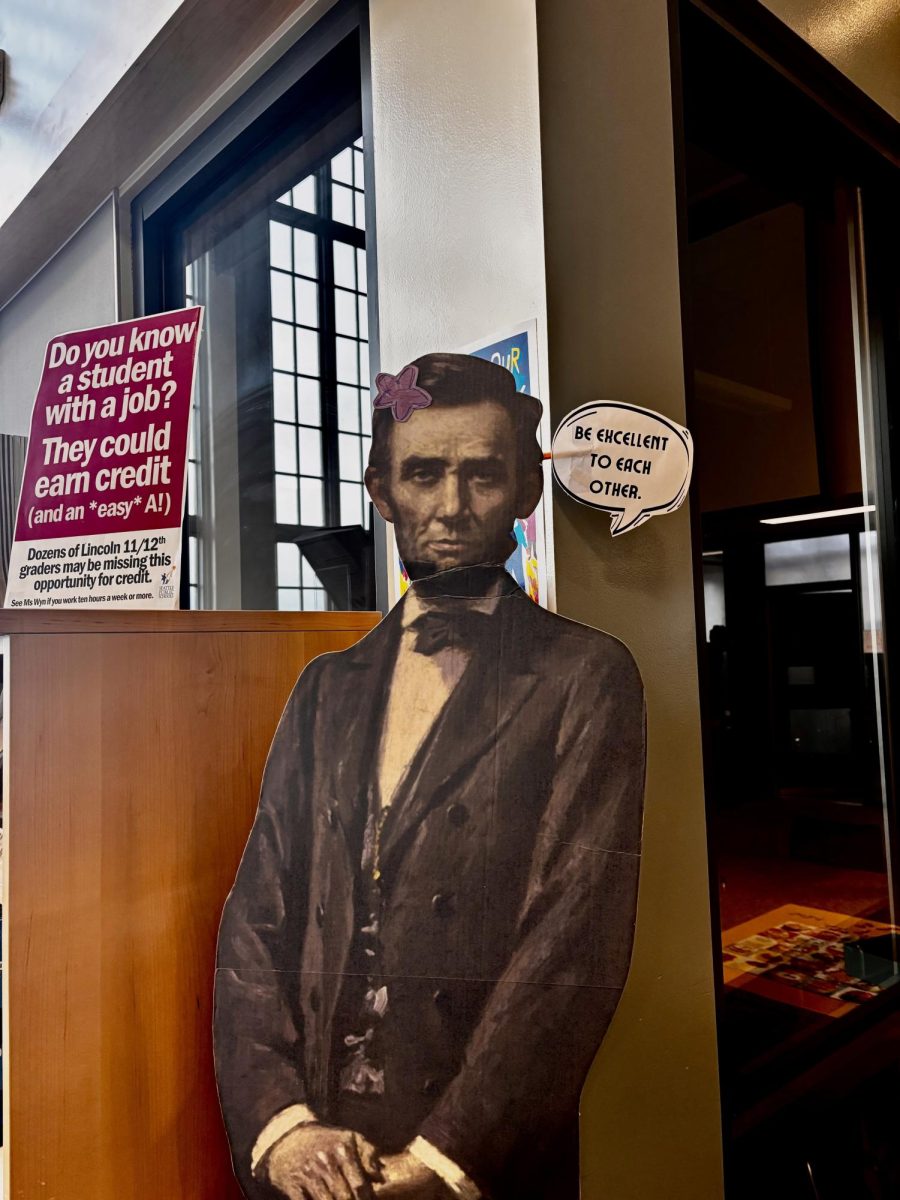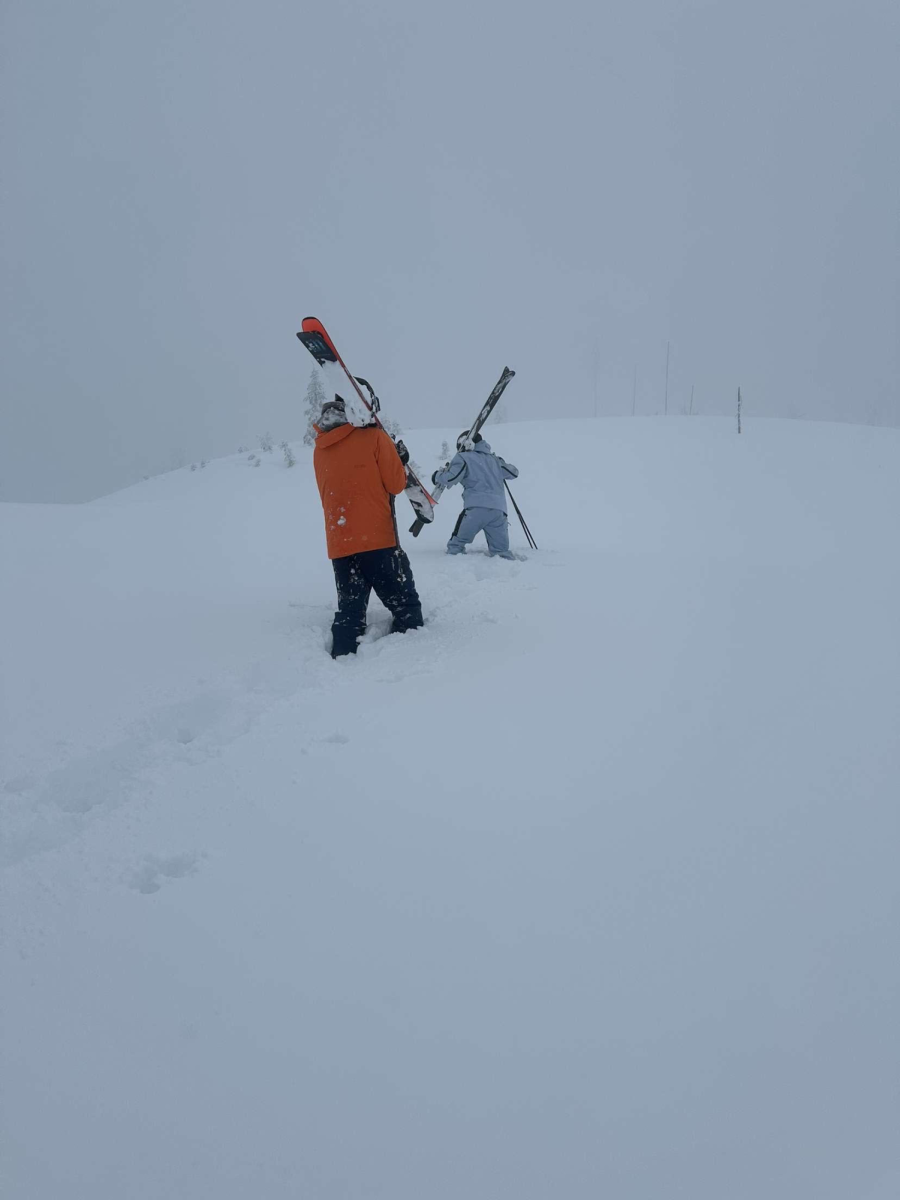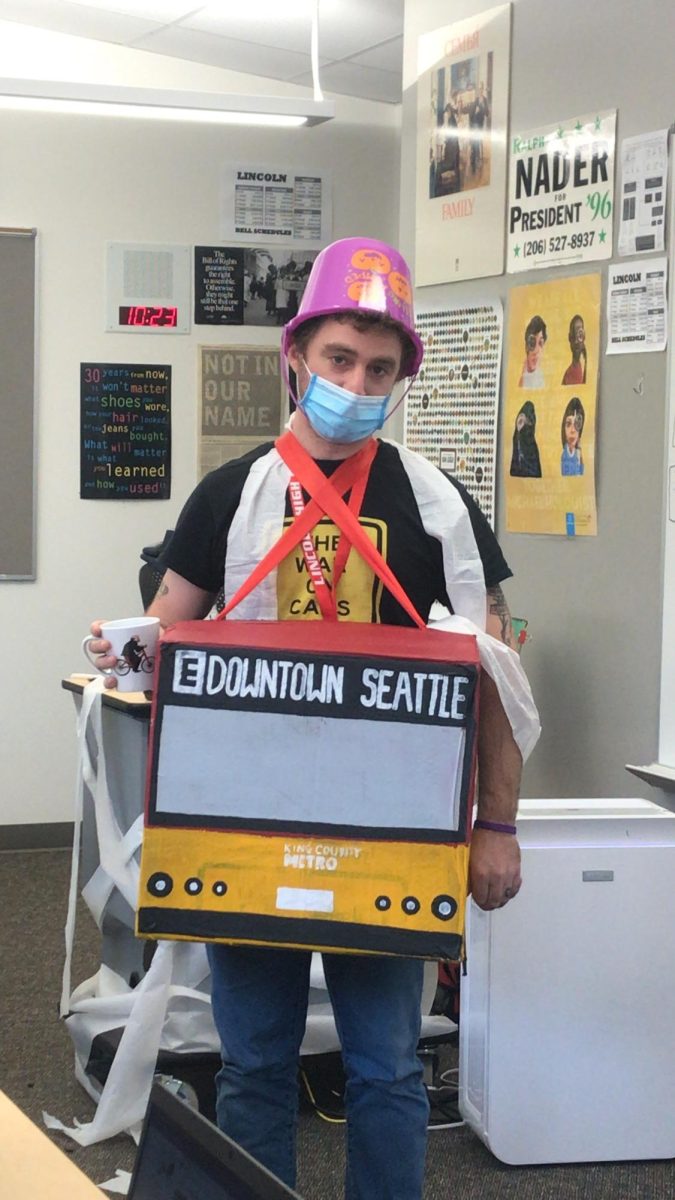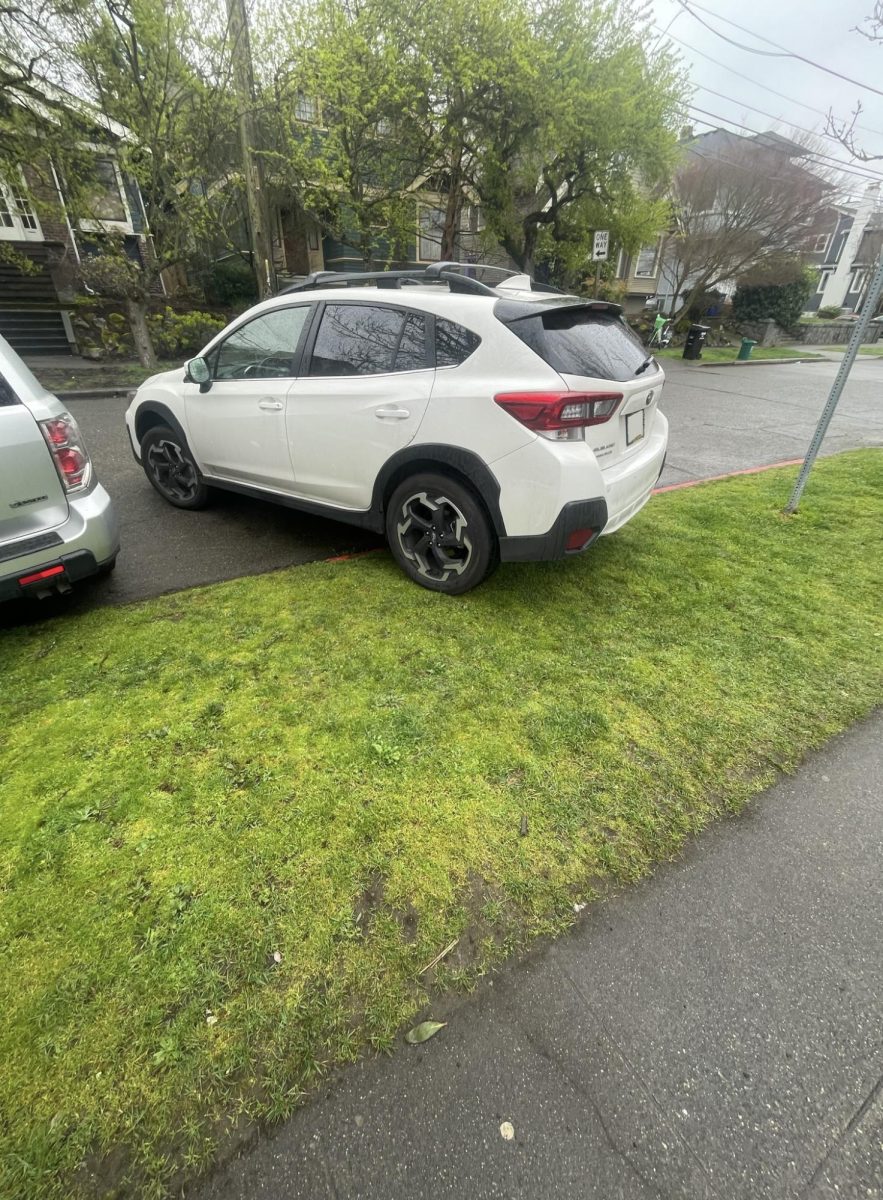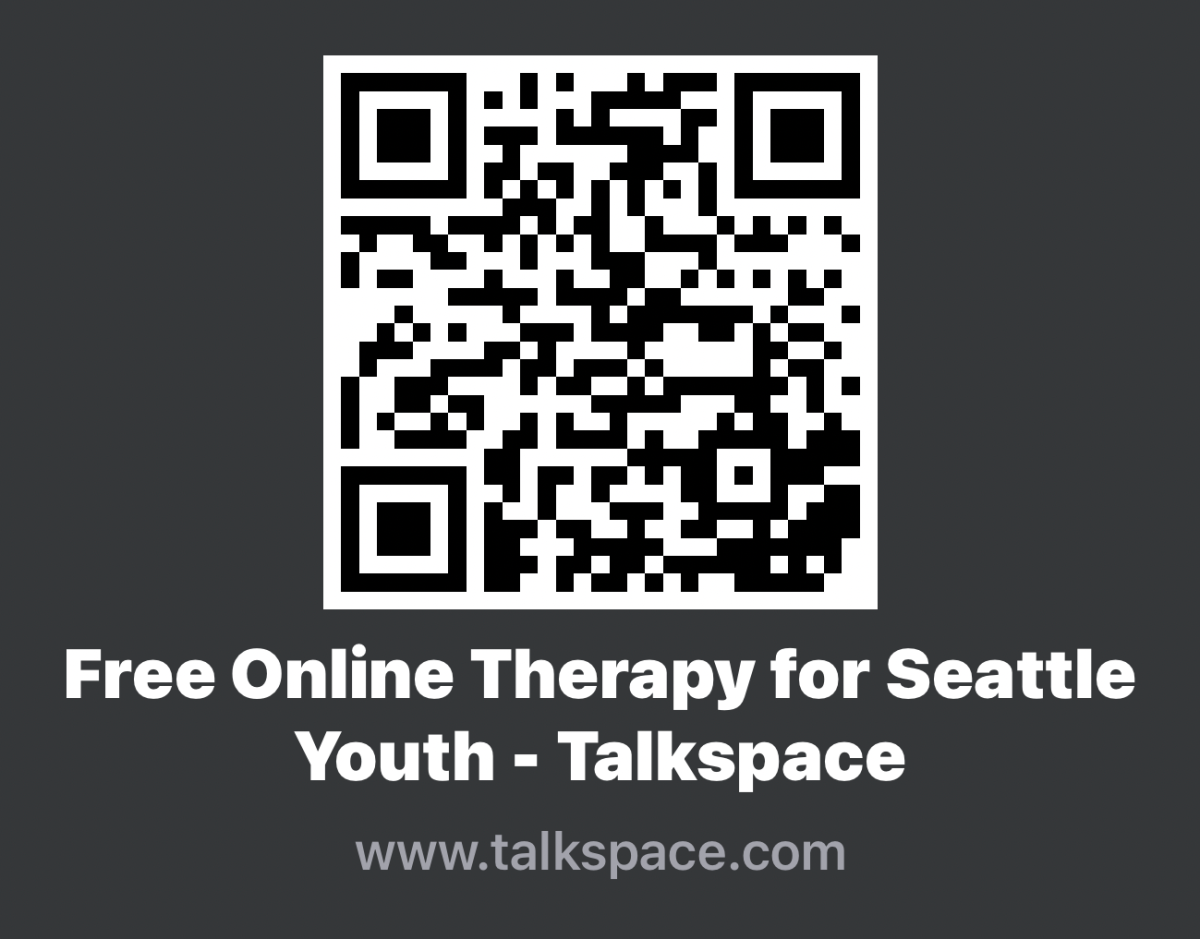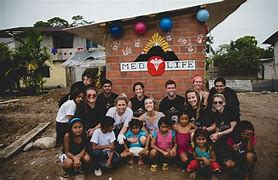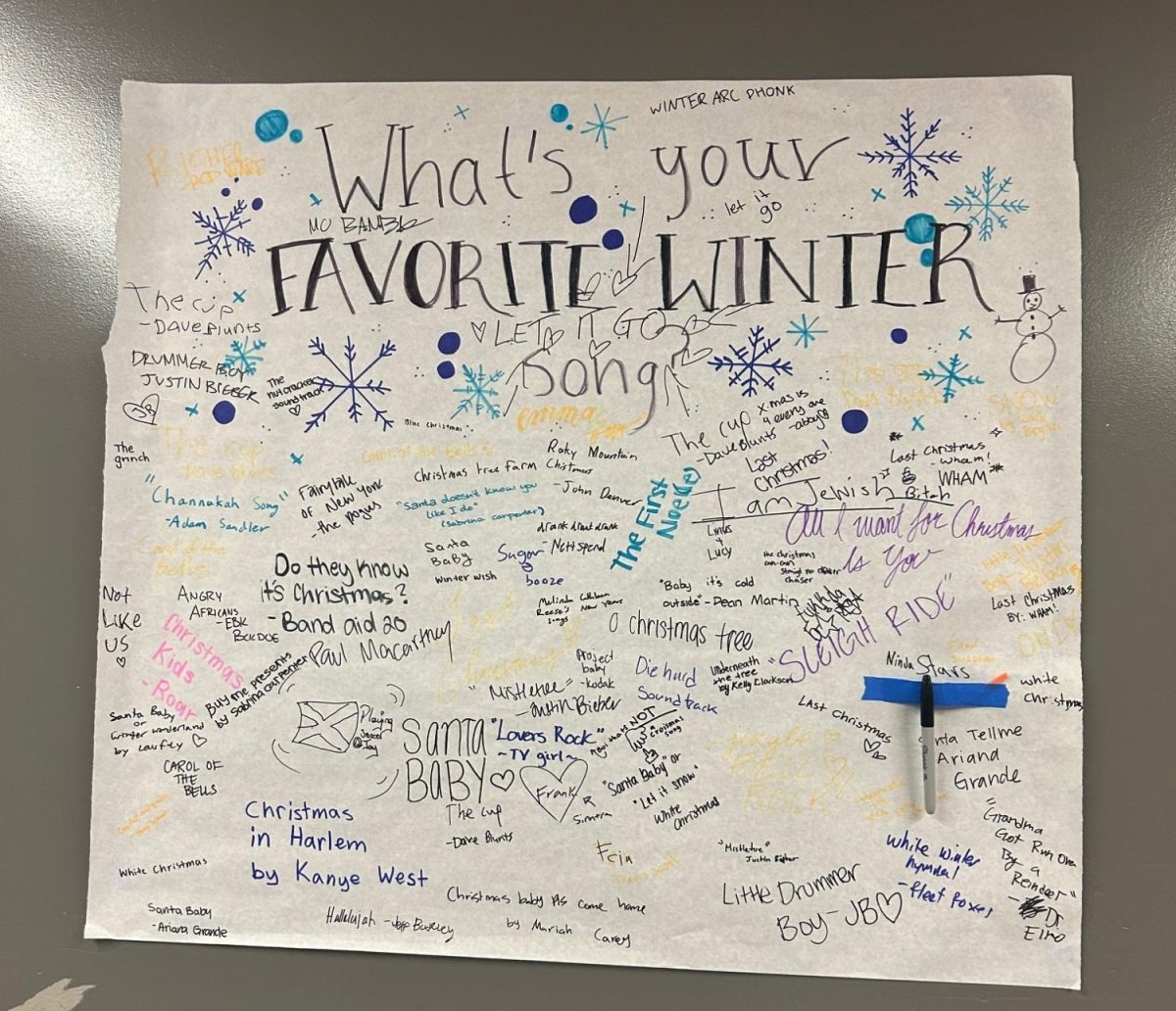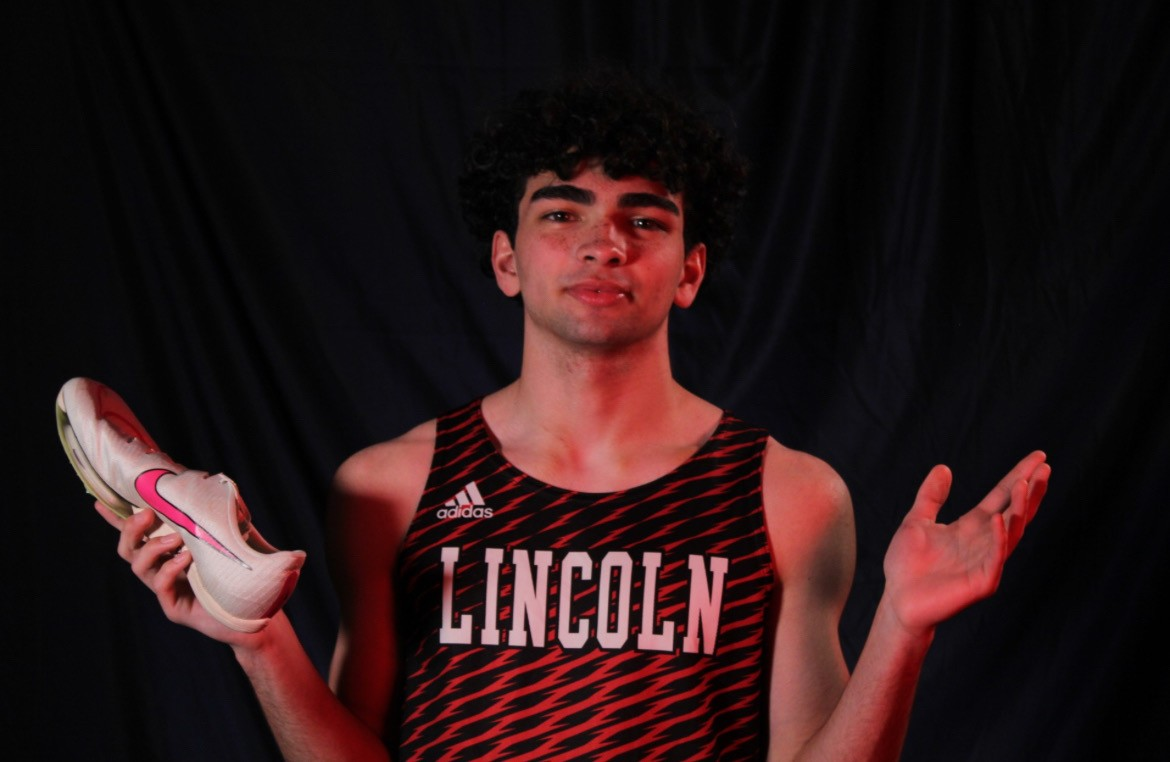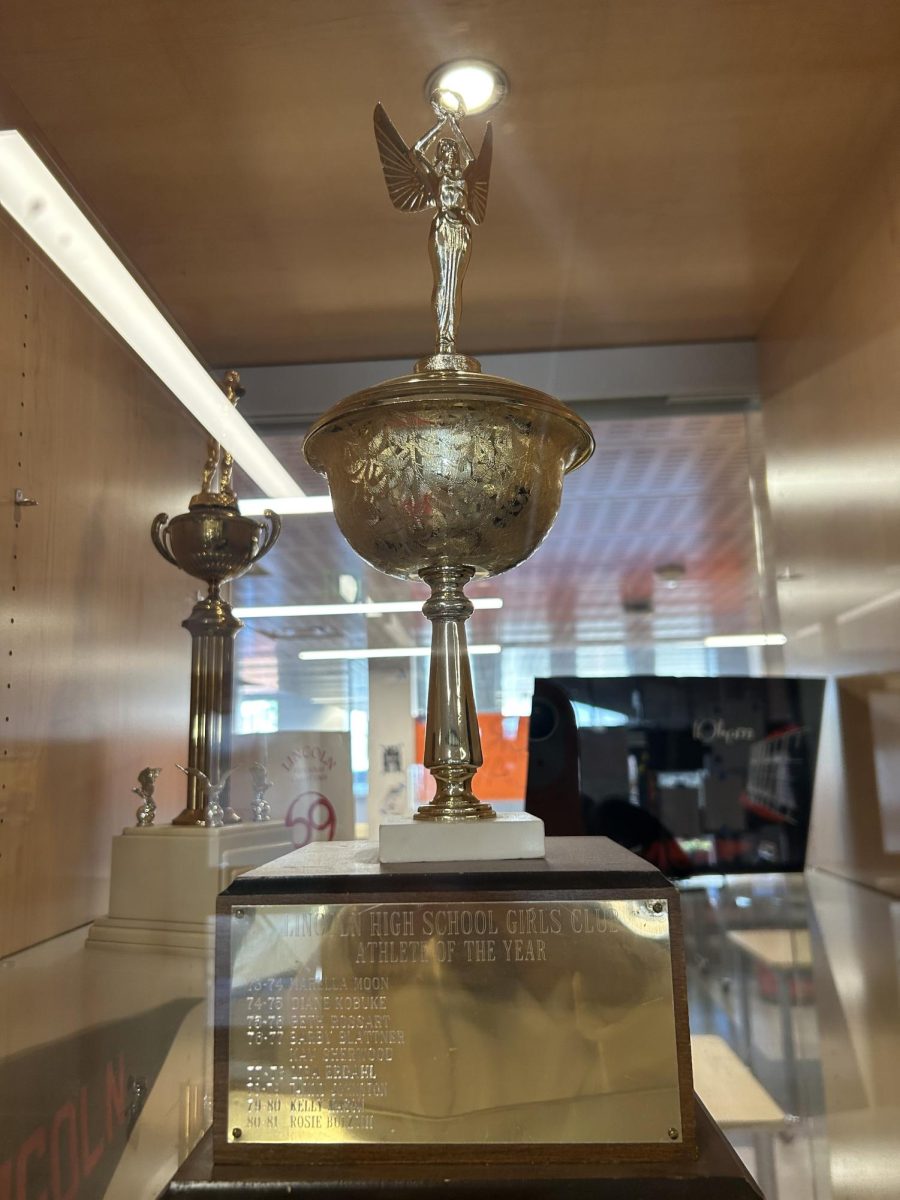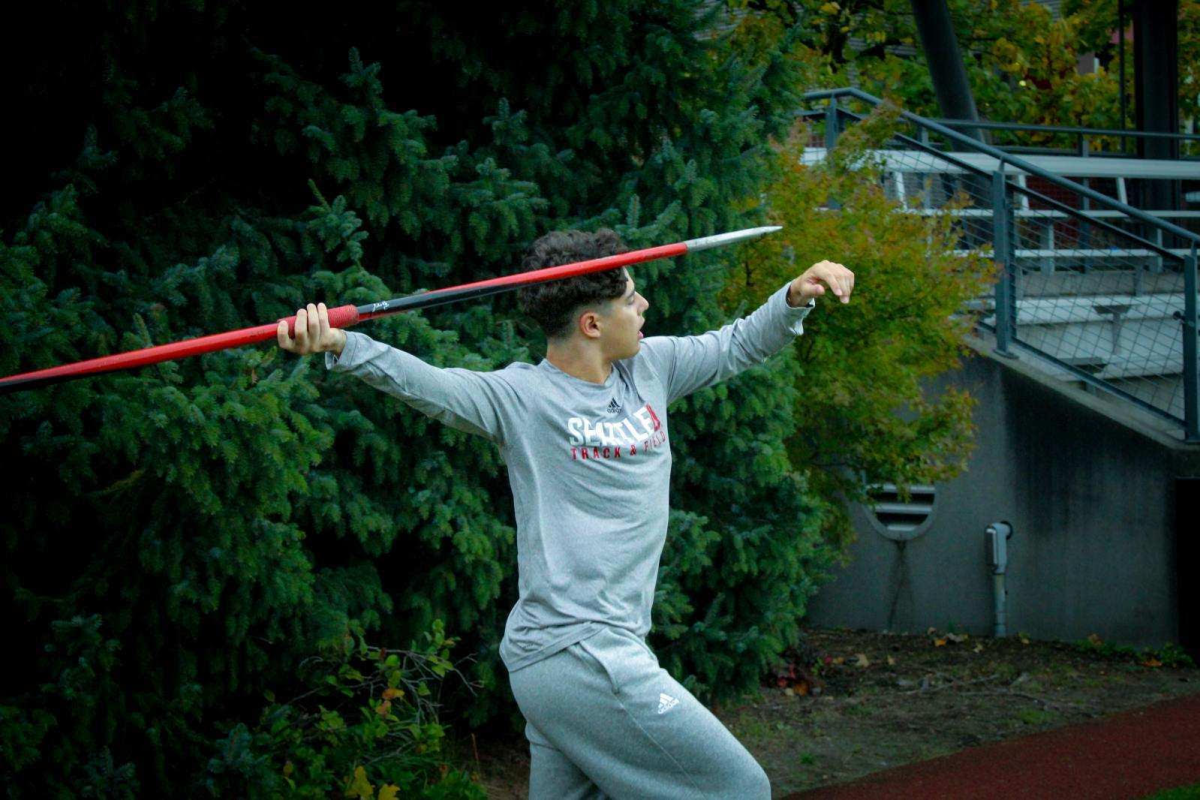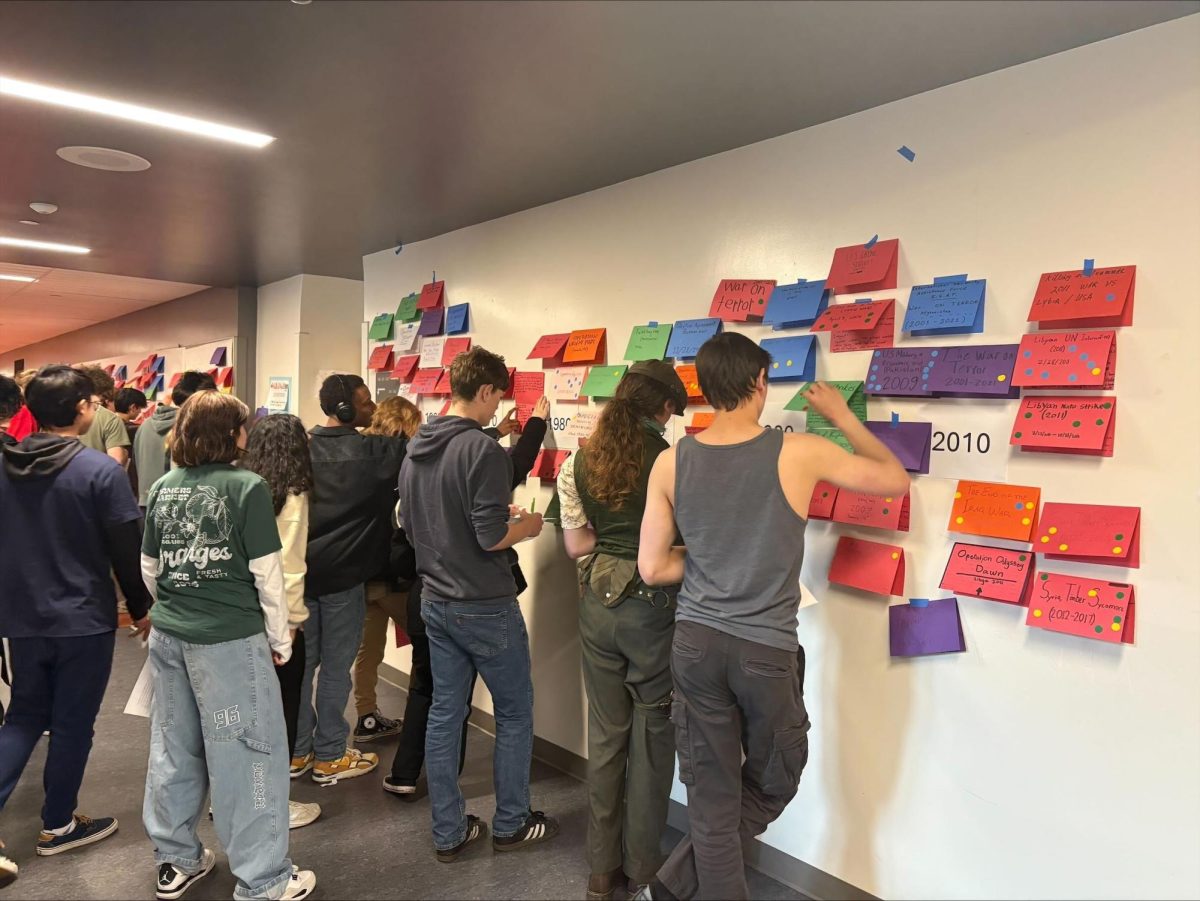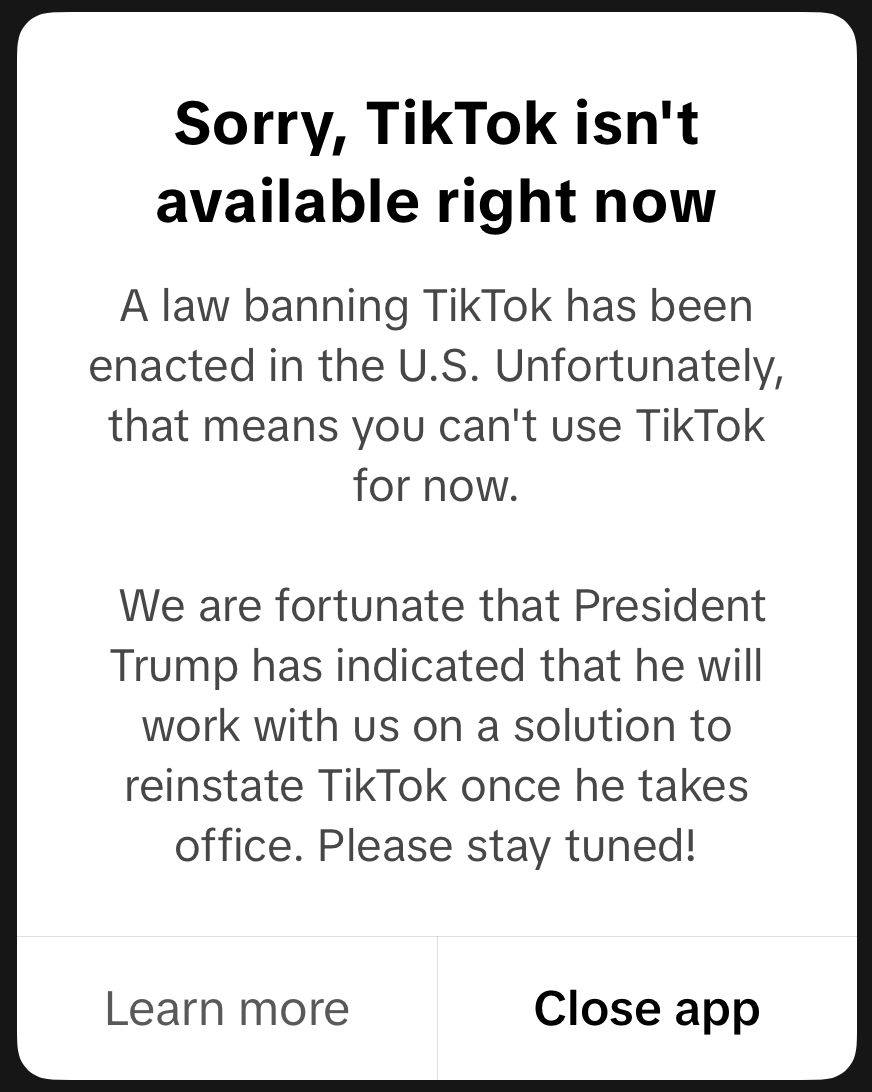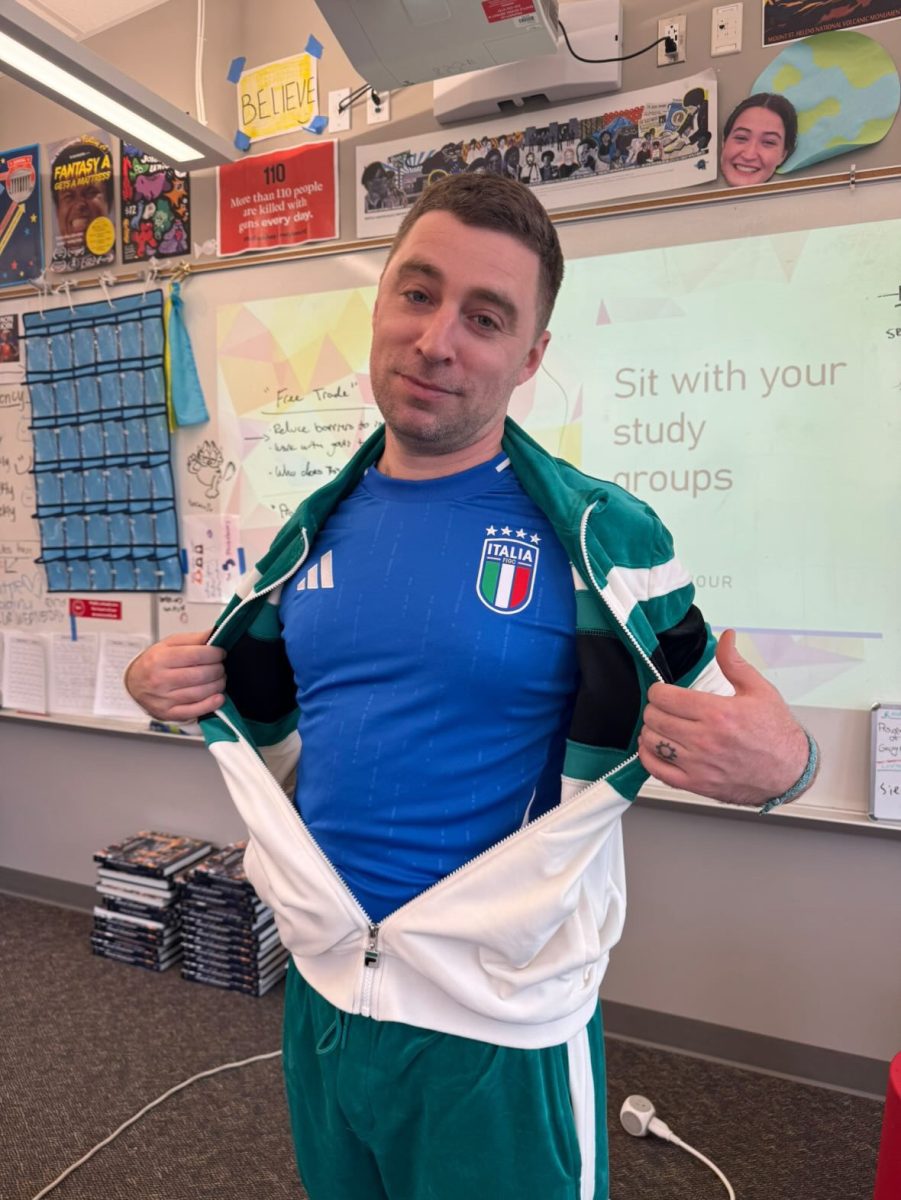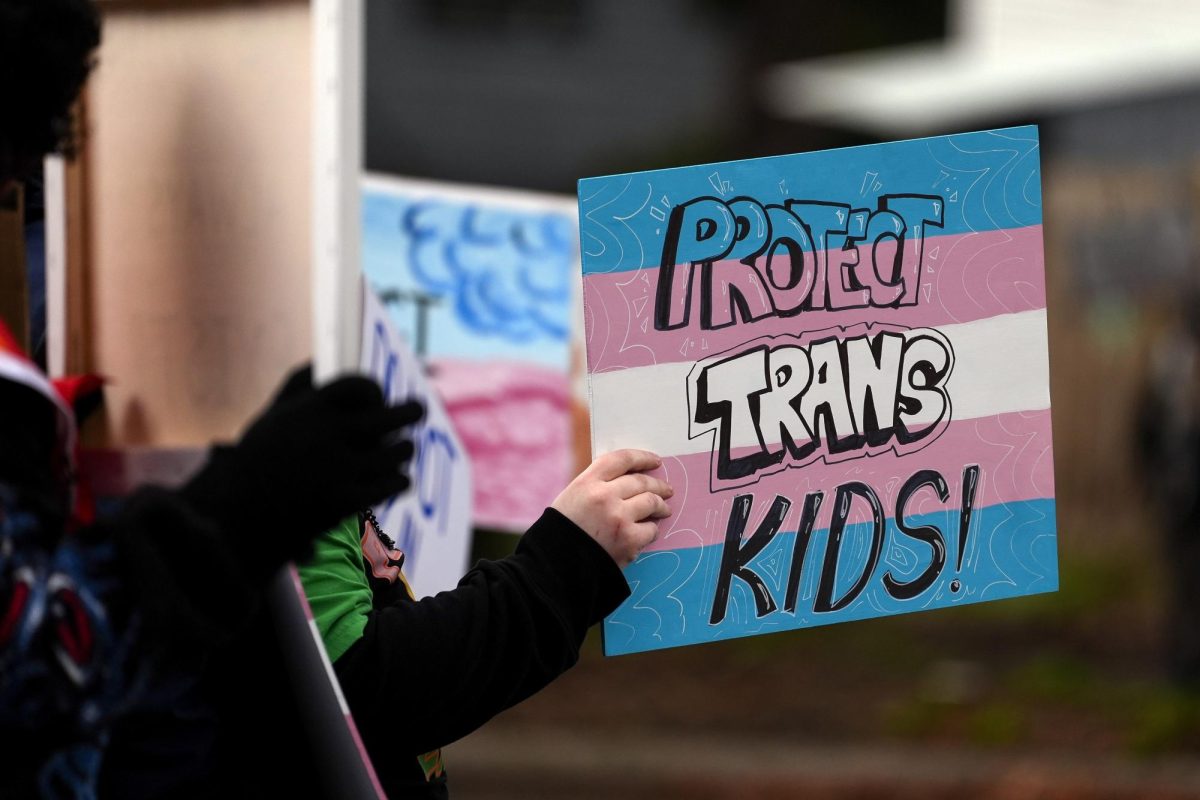With the white dousing of snow that hit Seattle on the eve of February 5th, Seattle Public Schools, along with several other Western Washington school districts, made the official decision to declare Wednesday, February 5th a snow day.
However, this wasn’t a traditional snow day experience for those in the Seattle Public Schools district. Normally, school would be officially canceled for the day and students would have the whole day off with no expectation to catch up on work. Instead, Wednesday began with a 2-hour delay followed by online learning via Microsoft Teams. Thursday, February 6th was a full-length online learning school day.
Student opinions on the new implementation of Covid-developed online learning processes were mixed – on one hand, snow days were no longer added on to the end of the year, which would potentially extend the school year into late June, or even July. On the other hand, the idea of a snow day has been treasured by students forever – waking up to a blanket of white covering the street and rushing out to play in the snow with friends, spending the day sledding, having snowball fights, and building snowmen.
I interviewed Lincoln students and teachers on their experiences with the district’s new snow day process. Some aspects of doing school from home that students enjoyed were the advantage of getting a slow start to their morning, particularly with the 2-hour delay on Wednesday, to sleep in and not have to get ready. Julia Mendez (‘26), who sometimes has to commute up to 30 minutes to and from school each day, remarked that she felt particularly grateful for the extra sleep. The ease of simply getting to roll out of bed and over to her laptop a few minutes before class started was especially enjoyable for her.
Claire Eberhard (‘25) and AP Precalculus/AP Calculus AB teacher Andrew Melvin both spoke to the importance of a true snow day experience. Eberhard recalled watching elementary school kids playing in the snow outside her window, and feeling FOMO as a result of being required to remain inside doing virtual school. She lamented that “This year’s snow days were very sad because I just spent the whole day in my room watching the snow melt rather than going and playing in the snow.”
Melvin added to this, saying, “I really have some formative memories of snow days in high school, and I just think that’s something that students should get to enjoy. And you probably get more growth or life experience out of having a snow day where you go outside with friends and have a really memorable experience than 20 minutes of an online math lecture.”
As for the effectiveness of online lessons, students seemed to argue that class time was used more efficiently. “You get your work done so much faster (with online school) than in (in-person) class” claimed Eberhard. Mendez said she “liked it because I could get the work done faster and just have relaxation time afterwards.”
The general consensus amongst students has seemed to be that eliminating the usual transition time and social disruptions when explaining assignments in an online setting increased the overall efficiency of learning.
However, classes that rely heavily on collaboration and groupwork suffered in an online learning environment. The breakout rooms feature of Microsoft Teams was utilized by teachers, but without individual group regulation, breakout rooms often resulted in a lack of participation in the activity or discussion assigned, as it was easy for students to disassociate by simply leaving their microphones and cameras off. Melvin also mentioned these issues as difficulties with online learning – specifically having “no way to verify that students are paying attention” and struggling with “staring at 25 blank screens with no student faces.”
Eberhard proposed a compromise solution – “I think we should have had at least one day just to enjoy the snow and be one with nature.” Mr. Melvin proposed the same plan, stating that “the first snow day, students should just get to enjoy having a snow day and there should be no expectation to go to class. And then if it happens a second day in a row then it would be like, the expectation is you’re going to learn online.”
In the end, the shift to online learning for snow days brought both advantages and drawbacks for Seattle Public Schools students and teachers. While students appreciated the flexibility and efficiency of virtual lessons, many mourned the loss of a traditional snow day experience, which has long been a prominent childhood memory. As the district continues to adapt, finding a balance between academic progress and the joy of spontaneous winter breaks will be key to making future snow day policies more widely accepted.
Categories:
Thoughts on Snow Day Virtual Learning
0
More to Discover
About the Contributor
Naomi Elsing, Staff Writer
Naomi is junior in her third semester at the Lincoln Log. She enjoys being on ASB, swimming, playing tennis, traveling, and playing in her community orchestra. Last year, Naomi was the Log’s Director of Social Media and Marketing and showed the alumni room at Lincoln’s Exhibitions last year, and she looks forward to continuing to work on the Lincoln Log this semester.

